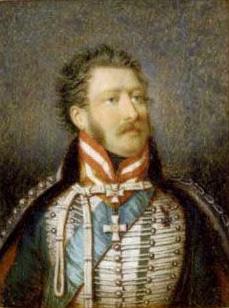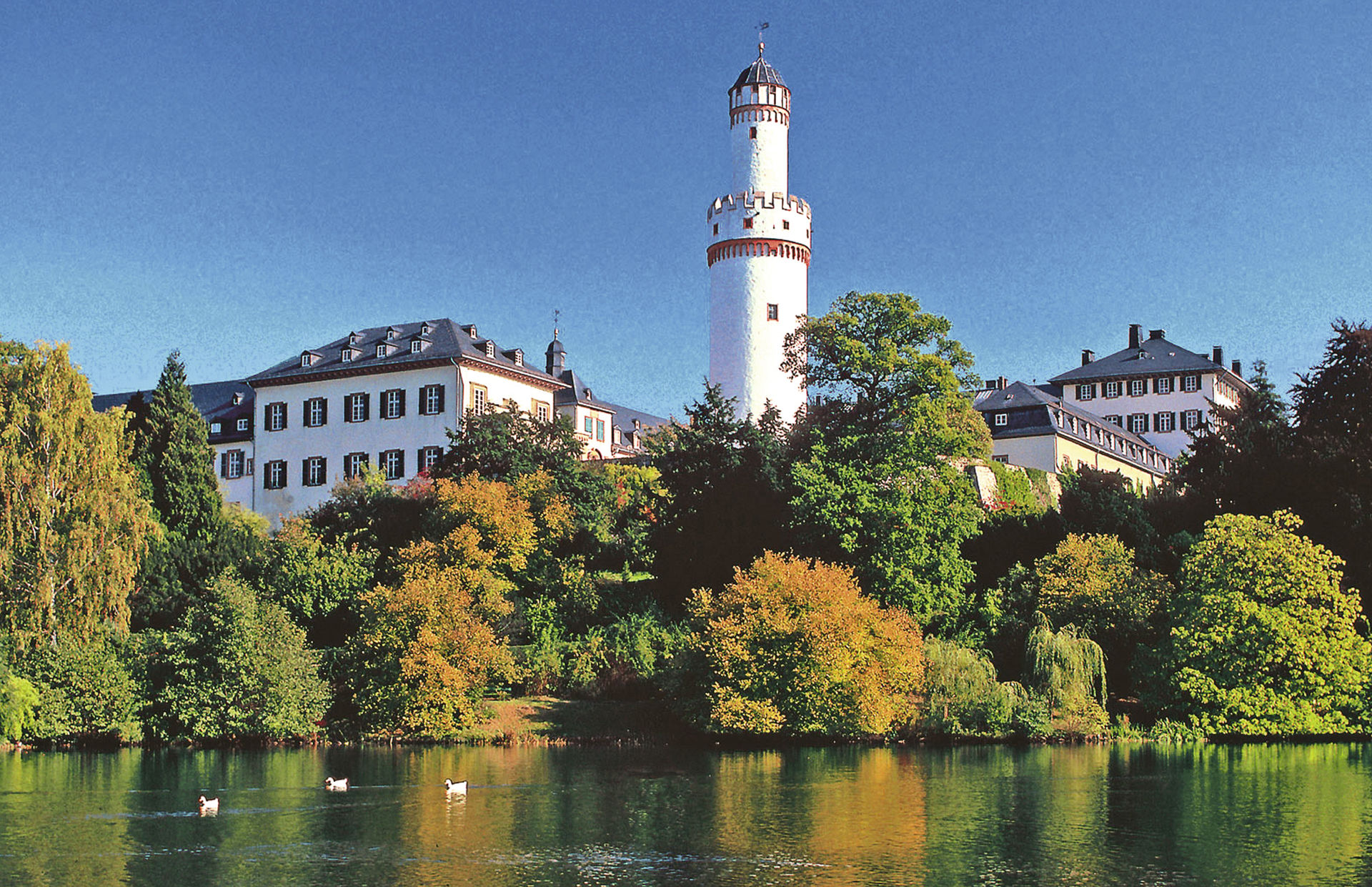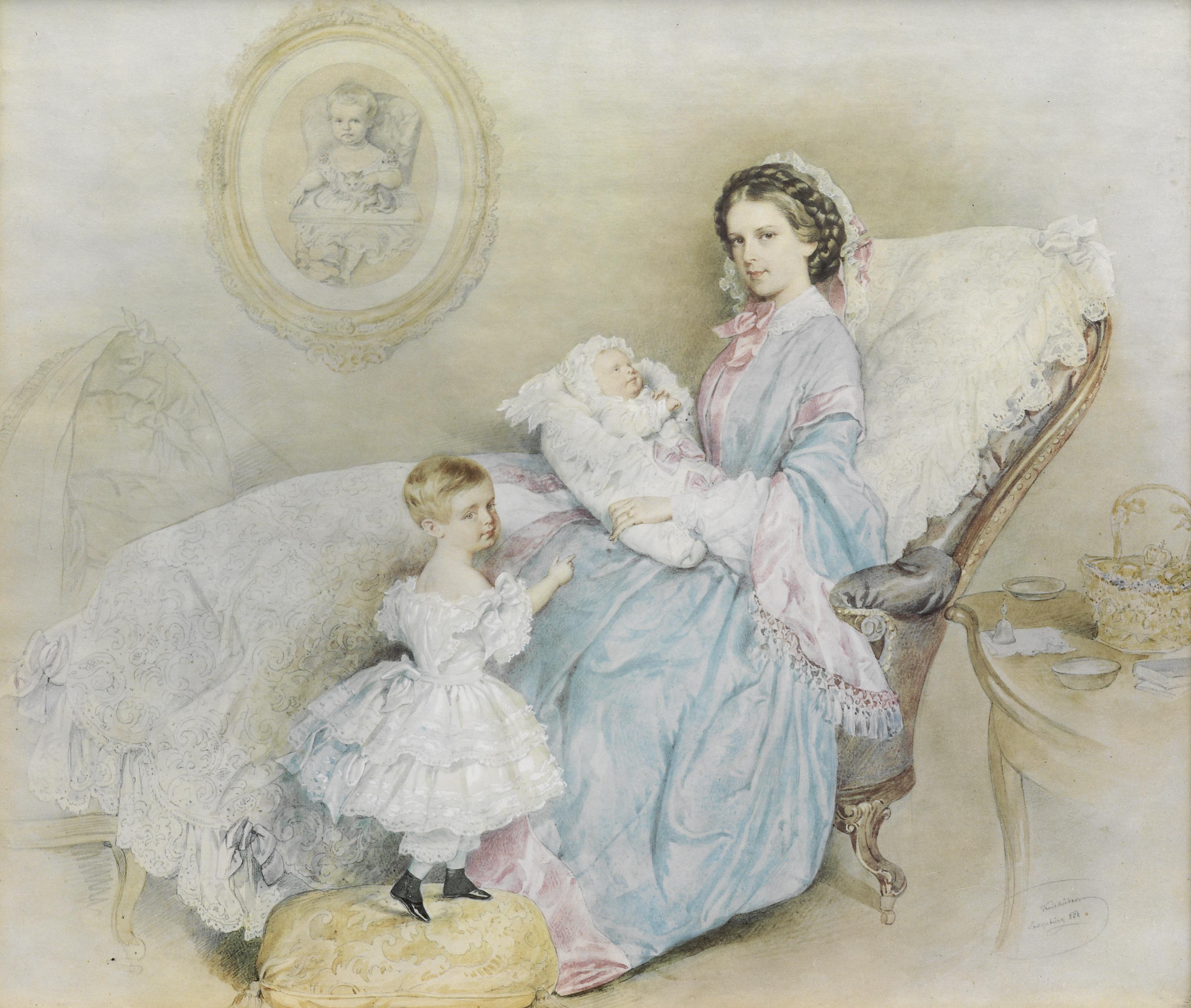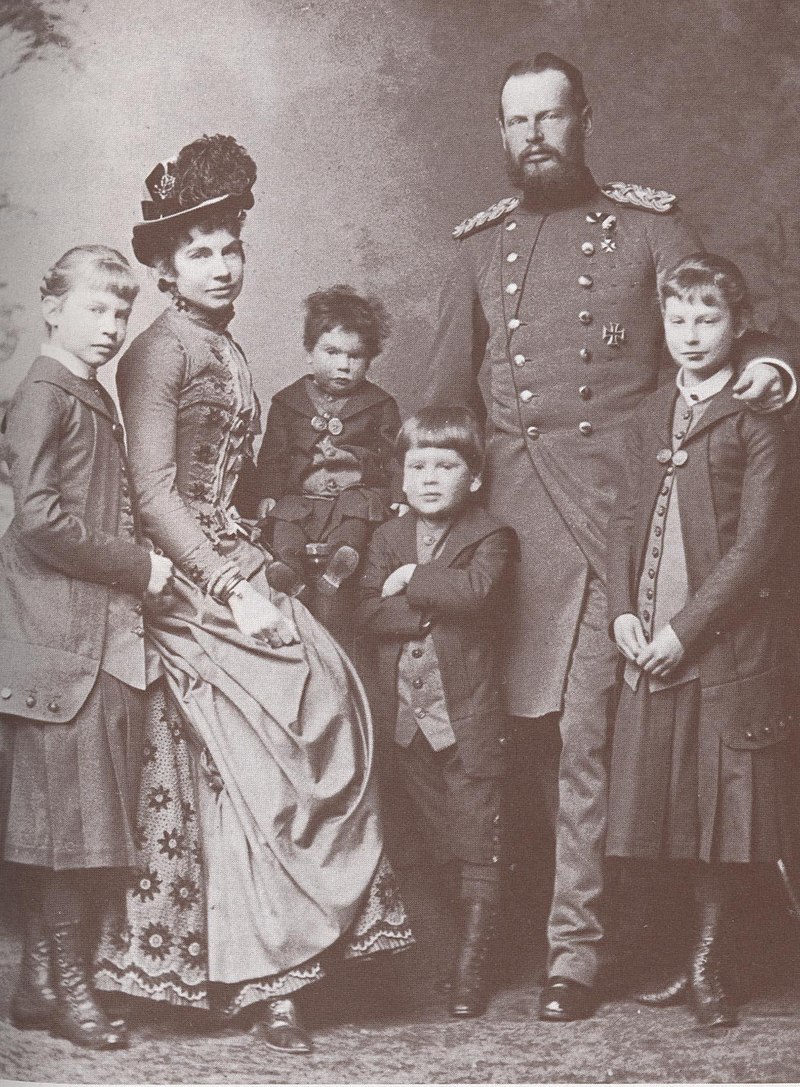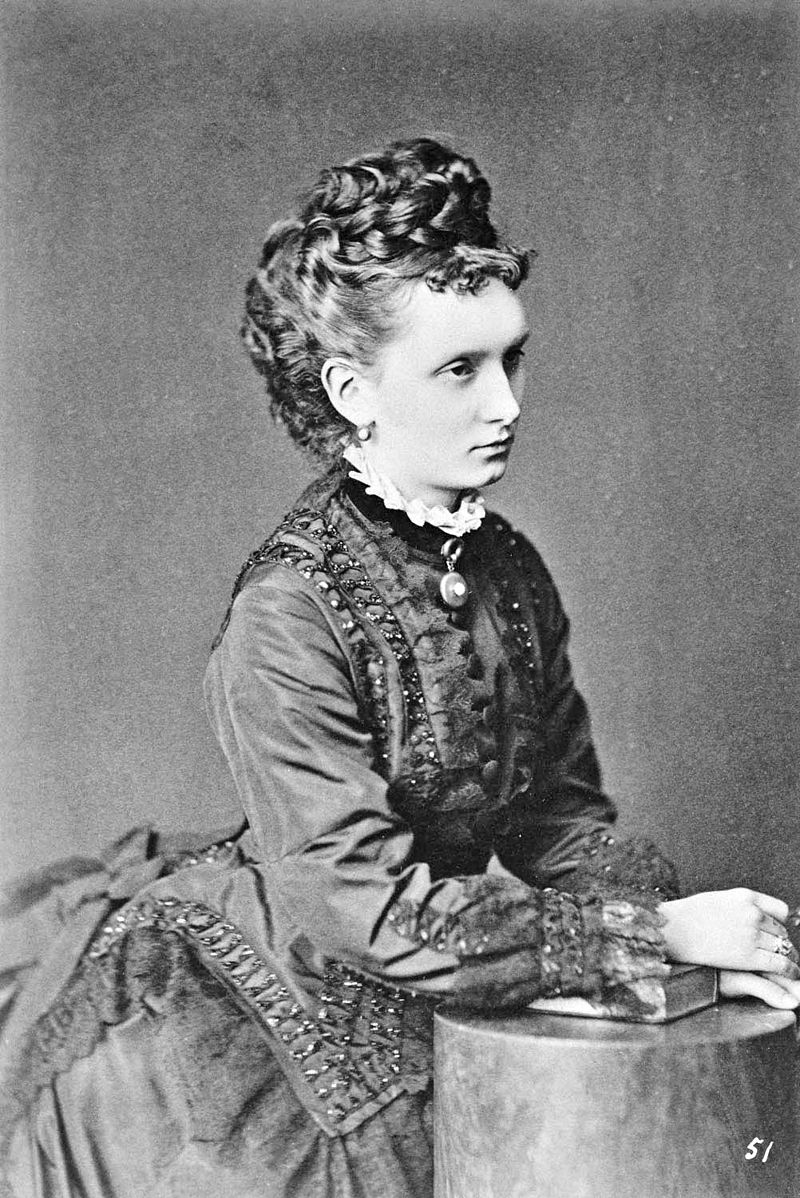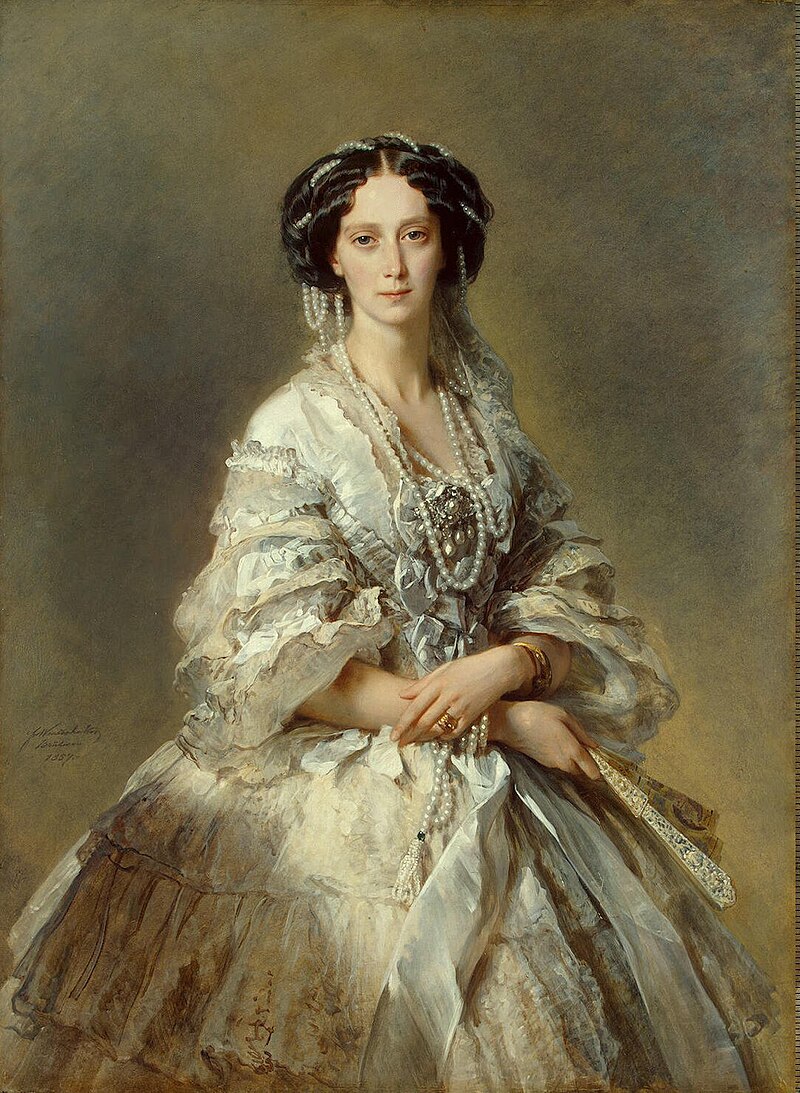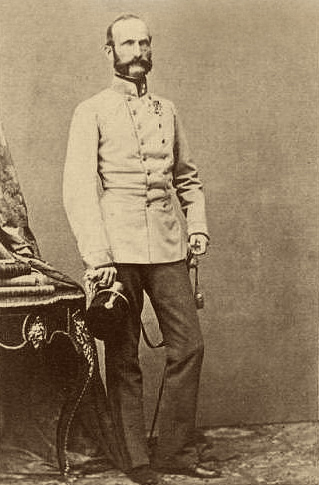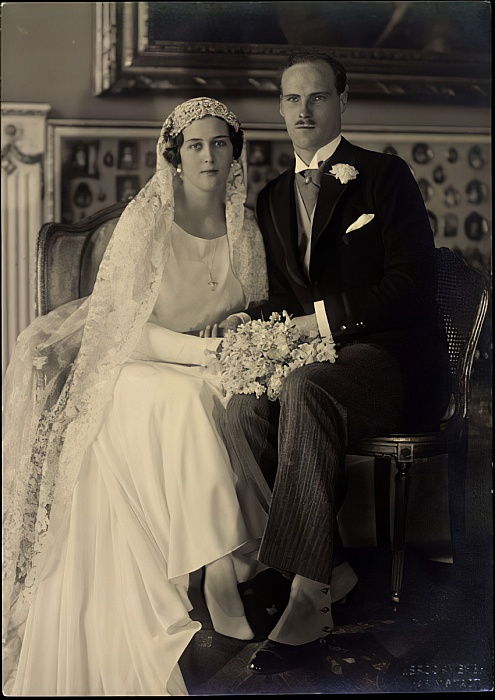by Susan Flantzer © Unofficial Royalty 2019

Augusta of Hesse-Kassel, Duchess of Cambridge; Credit – Wikipedia
Princess Augusta of Hesse-Kassel was the wife of Prince Adolphus, Duke of Cambridge, son of King George III of the United Kingdom and Charlotte of Mecklenburg-Strelitz. Augusta is an ancestor of the British Royal Family, through her granddaughter Queen Mary, wife of King George V.
Auguste Wilhelmine Luise was born on July 25, 1797, at Rumpenheim Castle (in German) in Offenbach am Main, Landgraviate of Hesse-Kassel, now in Hesse, Germany. She was the youngest child of the eight children of Prince Friedrich of Hesse-Kassel and Princess Caroline of Nassau-Usingen. Her father was the youngest son of Landgrave Friedrich II of Hesse-Kassel and Princess Mary of Great Britain, daughter of King George II of Great Britain.

Princess Augusta Wilhelmina Louisa, Duchess of Cambridge by Johann Giere, after Georg Friedrich Reichmann, lithograph, early 19th-century NPG D7448 © National Portrait Gallery, London
Augusta had seven older siblings:
- Wilhelm (1787 – 1867), married Louise Charlotte of Denmark, daughter of Hereditary Prince Frederik of Denmark and Norway, had six children, including Louise of Hesse-Kassel, who married King Christian IX of Denmark
- Karl Friedrich (1789 – 1802), died in early childhood
- Friedrich Wilhelm (1790 – 1876), unmarried
- Ludwig Karl (1791 – 1800), died in childhood
- Georg Karl (1793 – 1881), unmarried
- Luise (1794 – 1881), married Georg, Graf von der Decken, General of the King’s Hanoverian Cavalry
- Marie (1796 – 1880), married Georg, Grand Duke of Mecklenburg-Strelitz, had four children, including Caroline, who married the future King Frederik VII of Denmark, and Grand Duke Friedrich Wilhelm of Mecklenburg-Strelitz, who married Augusta’s daughter, Princess Augusta of Cambridge
Augusta’s paternal grandparents had an unhappy marriage. When her grandfather, Landgrave Friedrich II of Hesse-Kassel, converted to Roman Catholicism, her grandmother, Princess Mary of Great Britain, took her children to the Danish court where her sister Louise was married to King Frederik V of Denmark. Princess Mary’s younger sons remained in Denmark and had important positions in the Danish military and government. Augusta’s father was a general in the Danish army, so she grew up mostly in Denmark but spent some time in Hesse-Kassel.
Prince Adolphus, Duke of Cambridge; Credit – Wikipedia
In 1817, in the United Kingdom, after the tragic death in childbirth of Princess Charlotte of Wales, the only legitimate grandchild of King George III, despite the king having twelve surviving children, the king’s aging bachelor sons needed to seek brides to provide for the succession. Of all the bachelor sons, Prince Adolphus, Duke of Cambridge, was the most eligible. He had neither mistresses nor illegitimate children, and he had not married in contravention of the Royal Marriages Act. Adolphus had a military career and attained the rank of Field Marshal. Since the British Kings of the House of Hanover were also Kings of Hanover, someone was needed to represent them in Hanover. In 1816, Adolphus was appointed Governor-General of the Kingdom of Hanover and then Viceroy of Hanover.

Princess Augusta Wilhelmina Louisa, Duchess of Cambridge by James Thomson, published by Dean & Munday, after John Partridge, stipple engraving printed in colours, published 1 July 1818, NPG D8036 © National Portrait Gallery, London
Adolphus was given the task of helping to find a bride for his elder brother, Prince William, Duke of Clarence, the future King William IV. Princess Augusta of Hesse-Kassel was one of the princesses on his list. Adolphus wrote that Augusta “would make an ideal Queen of England”. Upon hearing this, William said it appeared Adolphus was in love with Augusta and wrote to his brother to take her for himself. By Christmas 1817, Adolphus and Augusta were engaged. Adolphus and Augusta of Hesse-Kassel were in the Landgraviate of Hesse-Kassel, now in Hesse, Germany, on May 7, 1818, and then again at the Queen’s House (now Buckingham Palace) in the presence of Queen Charlotte on June 1, 1818. The groom was 44 and the bride was 20. Despite the age difference, the marriage was happy, and Adolphus was very much in love with Augusta. The couple lived in Hanover from 1818 to 1837, while Adolphus served his father and then his two brothers, King George IV and King William IV, as Viceroy of Hanover. Upon their return to England, Adolphus and Augusta lived at Cambridge House and later at St. James’s Palace, both in London.
The couple had three children:
- Prince George, Duke of Cambridge (1819 – 1904); married Sarah Louisa Fairbrother, had three sons; the marriage was in contravention of the Royal Marriages Act, so it was not legal, and the children of the marriage were illegitimate
- Princess Augusta of Cambridge (1822 – 1916); married Friedrich Wilhelm, Grand Duke of Mecklenburg-Strelitz, had one surviving son who succeeded his father as Grand Duke Adolf Friedrich V in May 1904
- Princess Mary Adelaide of Cambridge (1833 – 1897); married Francis, Duke of Teck, had four children, including Mary of Teck, the wife of King George V of the United Kingdom and Alexander of Teck, later 1st Earl of Athlone, who married Princess Alice of Albany, daughter of Prince Leopold, Duke of Albany, Queen Victoria’s hemophiliac son, had issue

Princess Augusta Wilhelmina Louisa, Duchess of Cambridge; Princess Mary Adelaide, Duchess of Teck by Camille Silvy, albumen carte-de-visite, 9 October 1860 NPG Ax46799 © National Portrait Gallery, London
Prince Adolphus died “of cramps in the stomach” at Cambridge House in London on July 8, 1850, at the age of 76. He was buried in the Cambridge Mausoleum, built following his death at St. Anne’s Church in Kew, London. Augusta survived her husband by 39 years, dying at age 91 on April 6, 1889, at St. James’ Palace in London. She was the last surviving daughter-in-law of King George III. Queen Victoria wrote of her death: “Very sad, though not for her. But she is the last of her generation, & I have no longer anyone above me.” In 1930, the remains of the Duke and Duchess of Cambridge were removed from the mausoleum at St. Anne’s Church and interred in the Royal Vault in St. George’s Chapel, Windsor Castle, at the request of their granddaughter Queen Mary.

Princess Augusta Wilhelmina Louisa, Duchess of Cambridge by Walery, published by Sampson Low & Co, carbon print, published April 1889 NPG x9115 © National Portrait Gallery, London
This article is the intellectual property of Unofficial Royalty and is NOT TO BE COPIED, EDITED, OR POSTED IN ANY FORM ON ANOTHER WEBSITE under any circumstances. It is permissible to use a link that directs to Unofficial Royalty.
Works Cited
- De.wikipedia.org. (2018). Auguste von Hessen. [online] Available at: https://de.wikipedia.org/wiki/Auguste_von_Hessen [Accessed 12 Sep. 2018].
- En.wikipedia.org. (2018). Prince Frederick of Hesse-Kassel. [online] Available at: https://en.wikipedia.org/wiki/Landgrave_Frederick_of_Hesse-Kassel [Accessed 12 Sep. 2018].
- En.wikipedia.org. (2018). Princess Augusta of Hesse-Kassel. [online] Available at: https://en.wikipedia.org/wiki/Princess_Augusta_of_Hesse-Kassel [Accessed 12 Sep. 2018].
- Flantzer, S. (2013). Prince Adolphus, Duke of Cambridge. [online] Unofficial Royalty. Available at: https://www.unofficialroyalty.com/july-8-daily-featured-royal-date/ [Accessed 12 Sep. 2018].
- Fraser, Flora. Princesses: The Six Daughters of George III. (2004). New York: Alfred A. Knopf.
- Van Der Kiste, John (2013). George III’s Children. New York: The History Press.
- Van Der Kiste, John. (2000). The Georgian Princesses. Phoenix Mill: Sutton Publishing.

